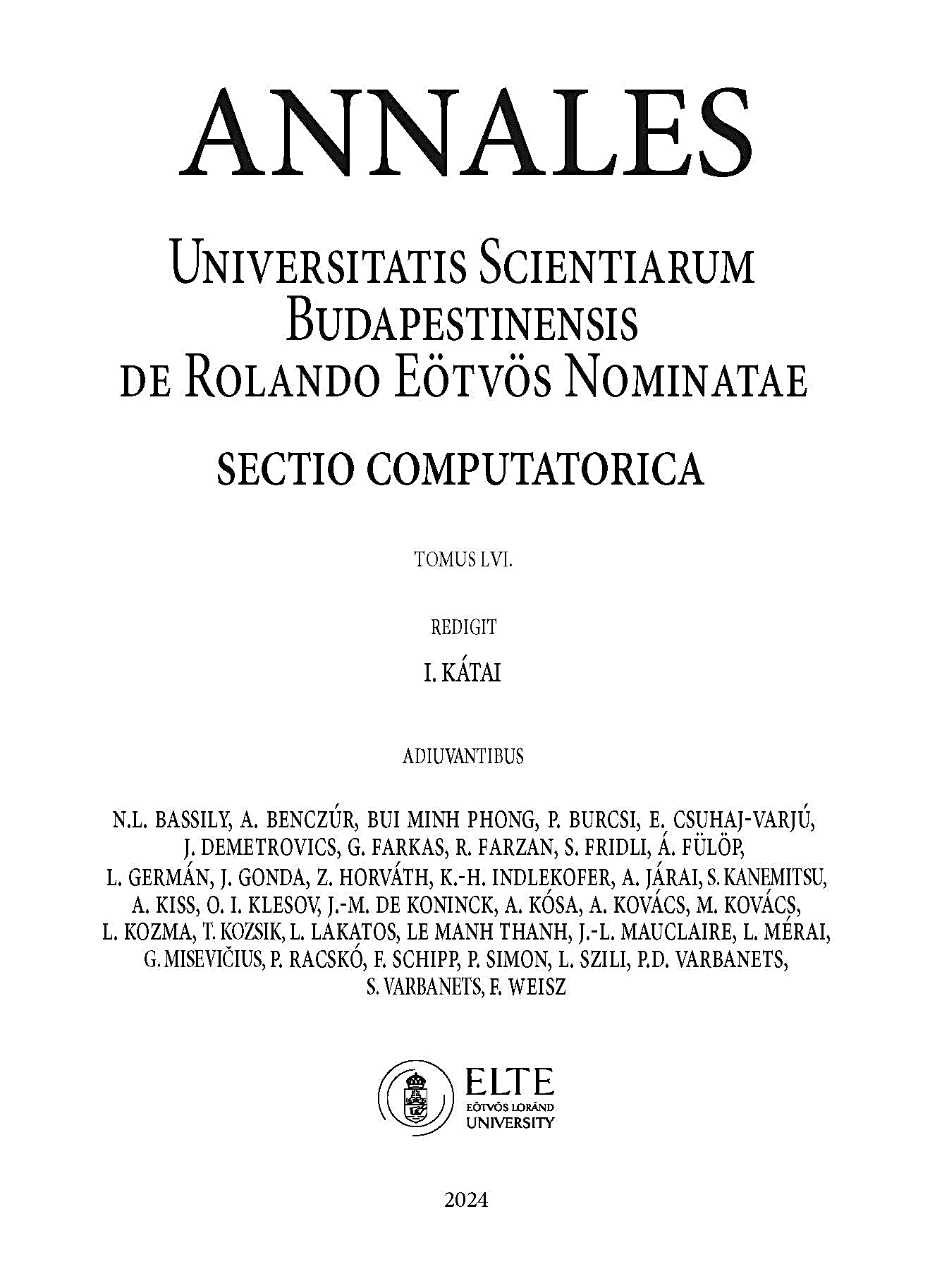https://doi.org/10.71352/ac.56.227
Cell-oriented programming
Abstract.
In the currently existing distributed architectures, there are different components that are optimized to fulfill
different roles (e.g. databases, message brokers, load-balancers) in the whole architecture. Distributed architectures are highly complex.
Several competencies are needed to be able to create and maintain such an environment. Furthermore, these systems have strict
limitations in performance optimization as well because the interaction between the components is limited to their interfaces.
The Object-oriented programming (OOP) paradigm uses encapsulation to bind together the data and the functions that manipulate the data.
However, OOP does not encapsulate one very important factor, the process that executes the functions themselves. (They are executed simply
on threads.) On the other hand, the actor model binds the process to the data, but it does not have the high-level programming features
of the OOP paradigm. COP aims to encapsulate the process as well to the corresponding data and functions and bring the best from these
two approaches. With this new programming approach, the COP aims to make it possible to create a homogeneous system where all the nodes
can form one single huge logical computer, which makes the whole architecture much more simple. COP aims to make it possible to write code to a distributed system as easy as we would to one single computer and make distributed
computing magnitudes more effective, reliable, safe, and easier to code.
Key words and phrases. Distributed system, object-oriented programming, adaptive system.
Full text PDF
 ELTE Eötvös Loránd University
ELTE Eötvös Loránd University